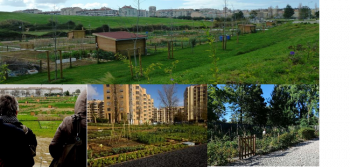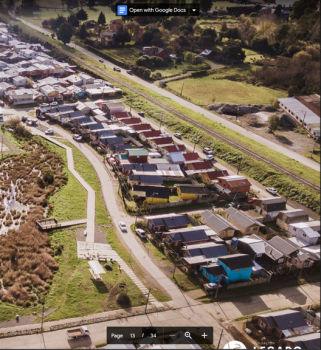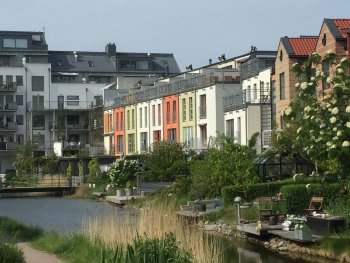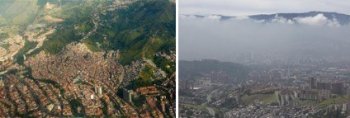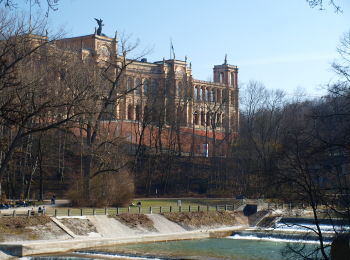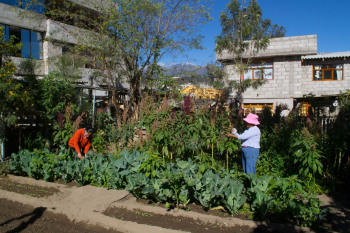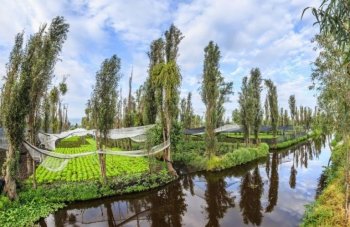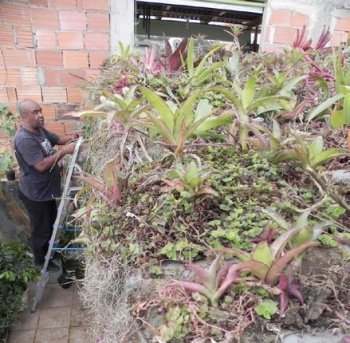The Green Corridors Network as the background of a NbS approach in Lisbon, Portugal
For several reasons, protecting important ecological areas in Lisbon from urbanisation has become difficult. Remnant areas of natural habitat have gained particular importance in consolidating the green corridors network, benefiting from the fact that much of this land is still within the municipality’s property holdings. The “Lisbon Green Plan” published in 1996 set out the approach used in 2008 to implement safeguarding measures to protect the ecological structure under development threat at that point. It triggered an update to the Lisbon Master Plan at a time when climate issues were...

